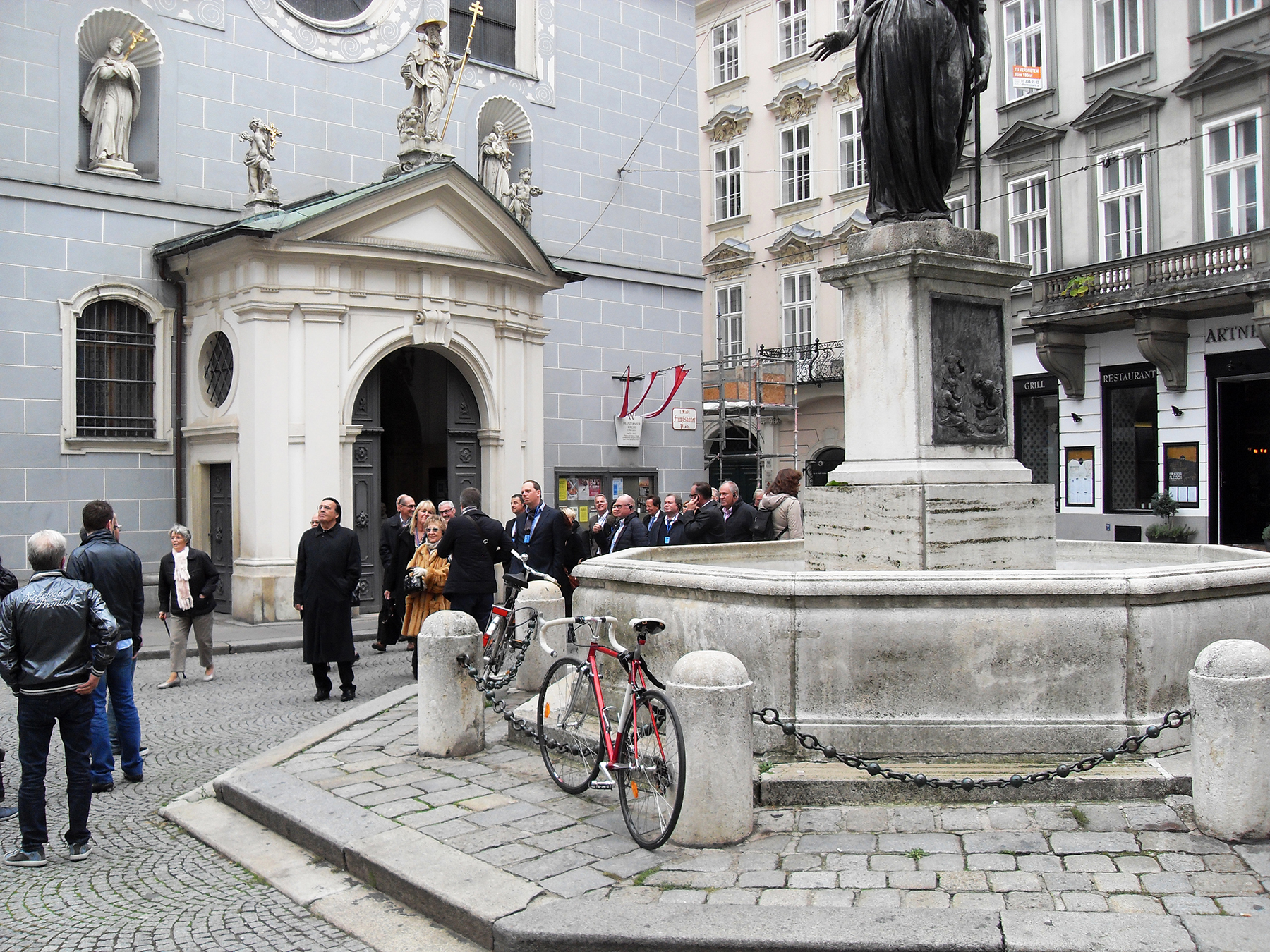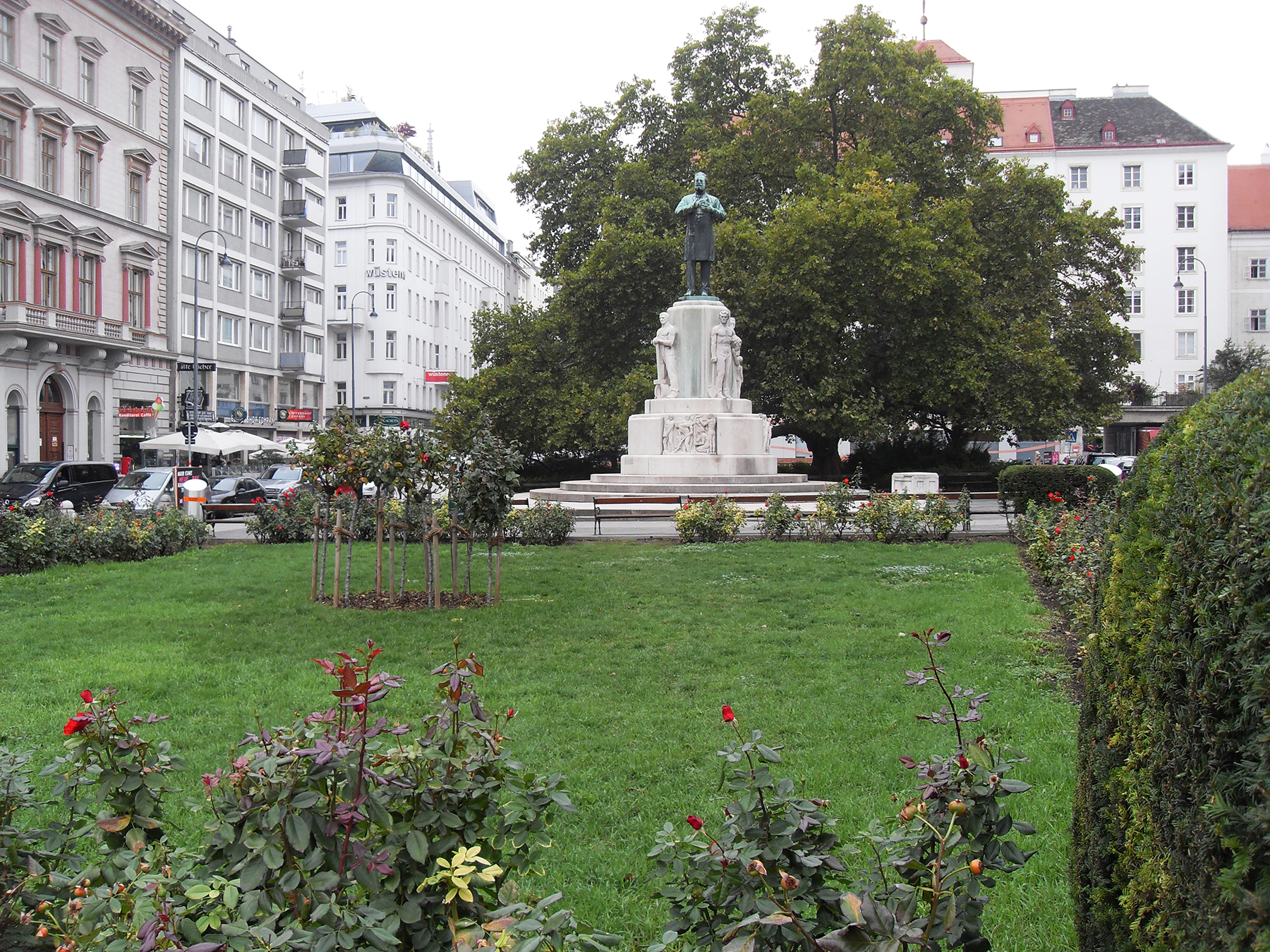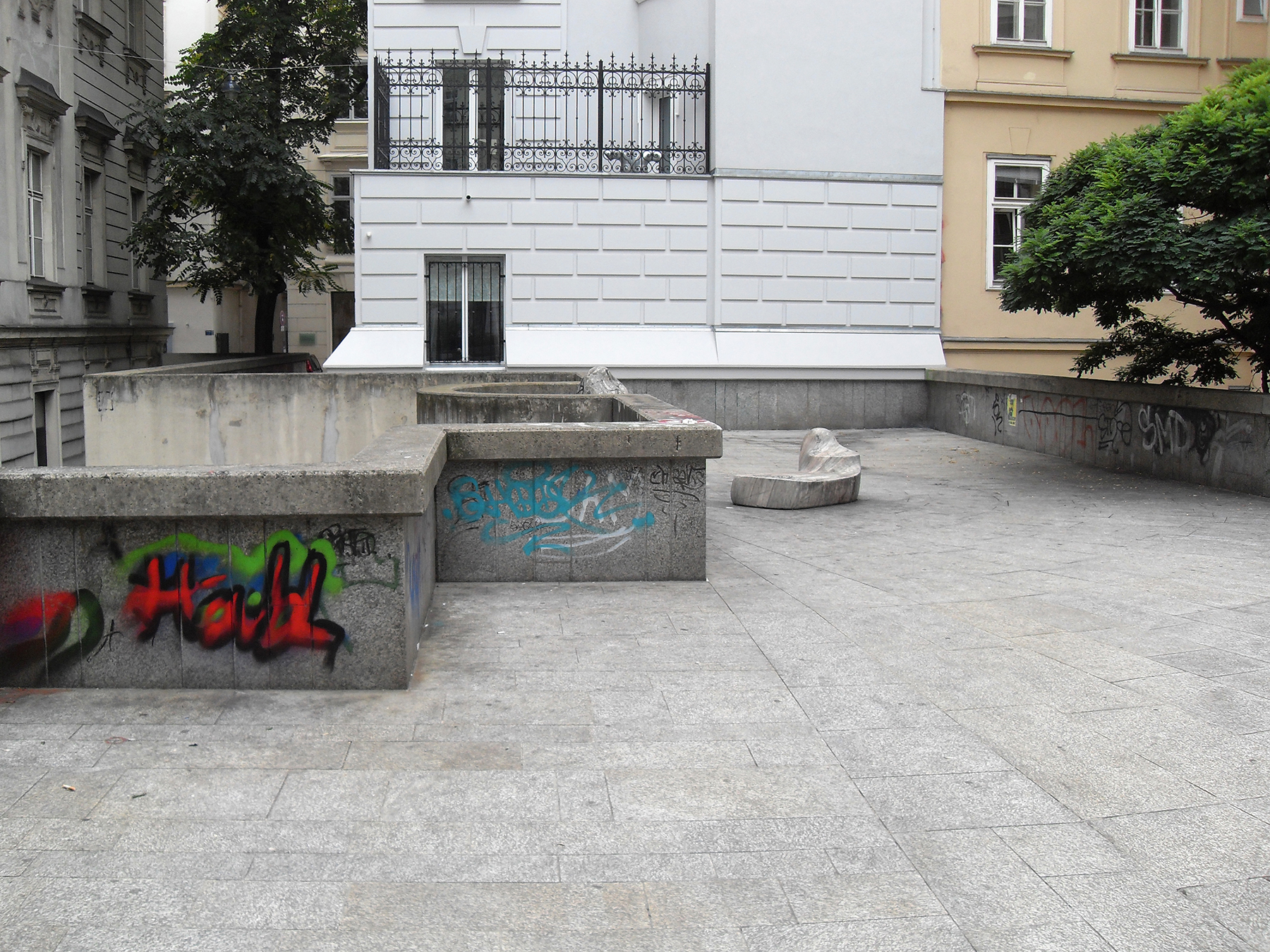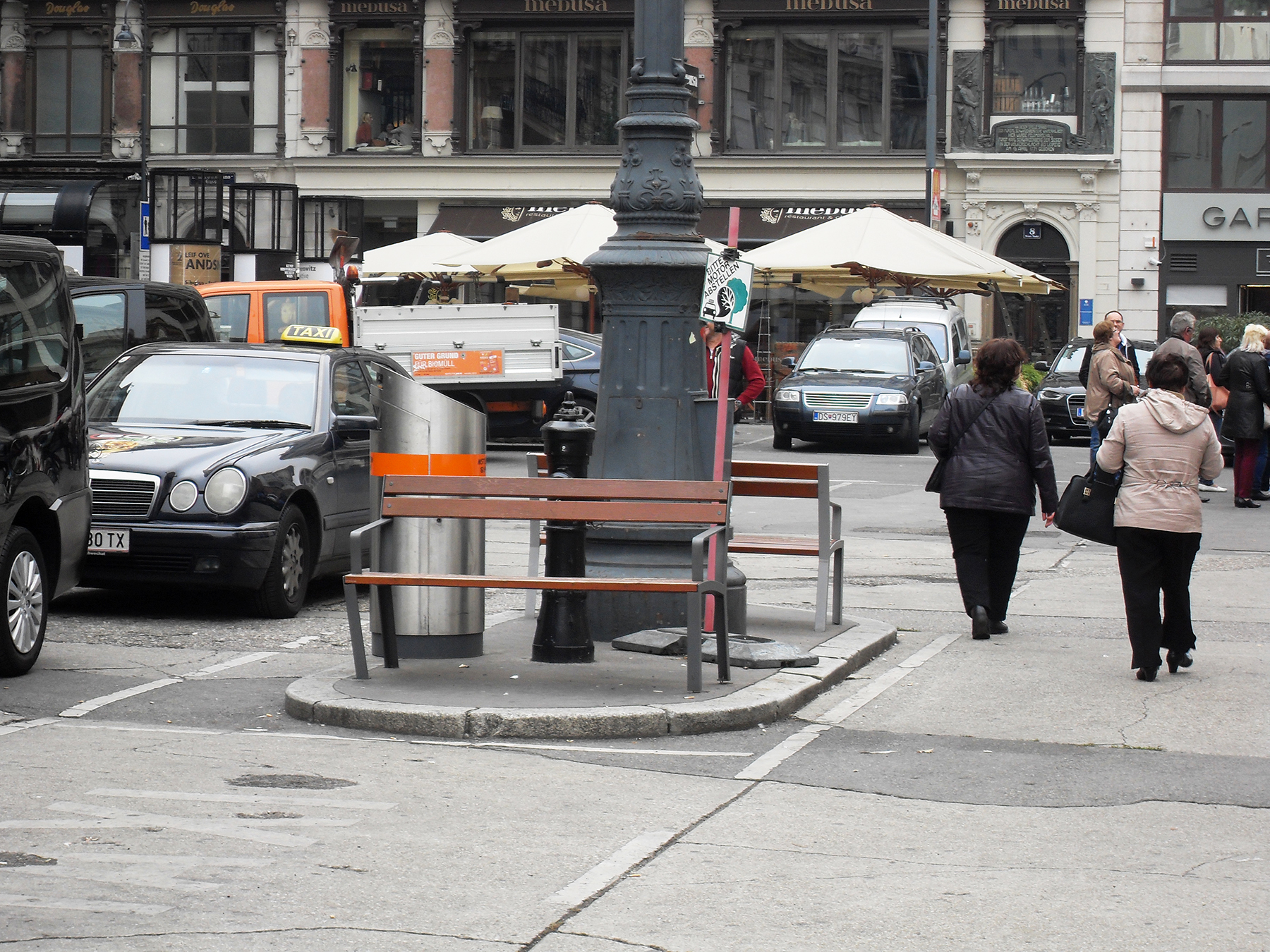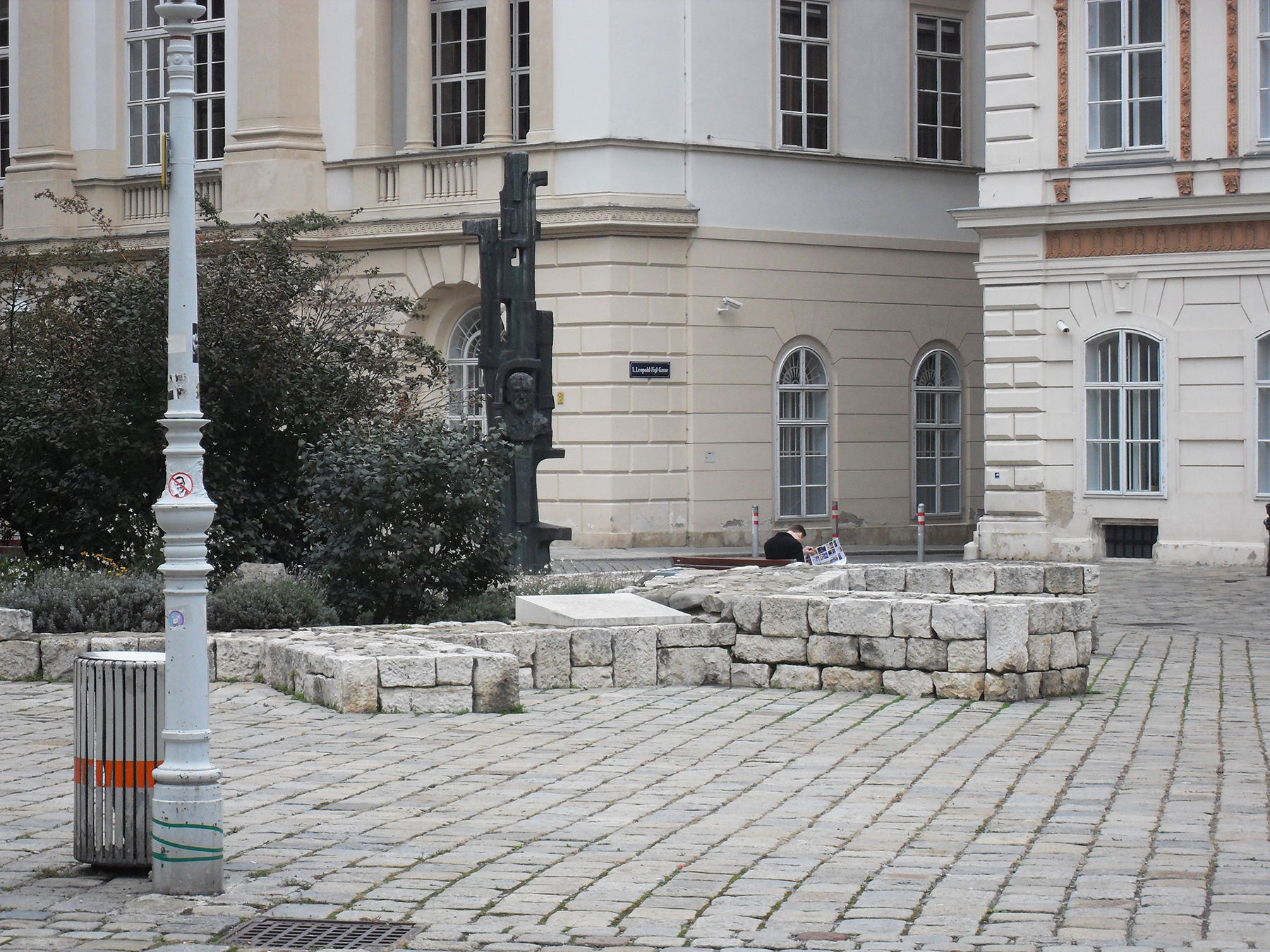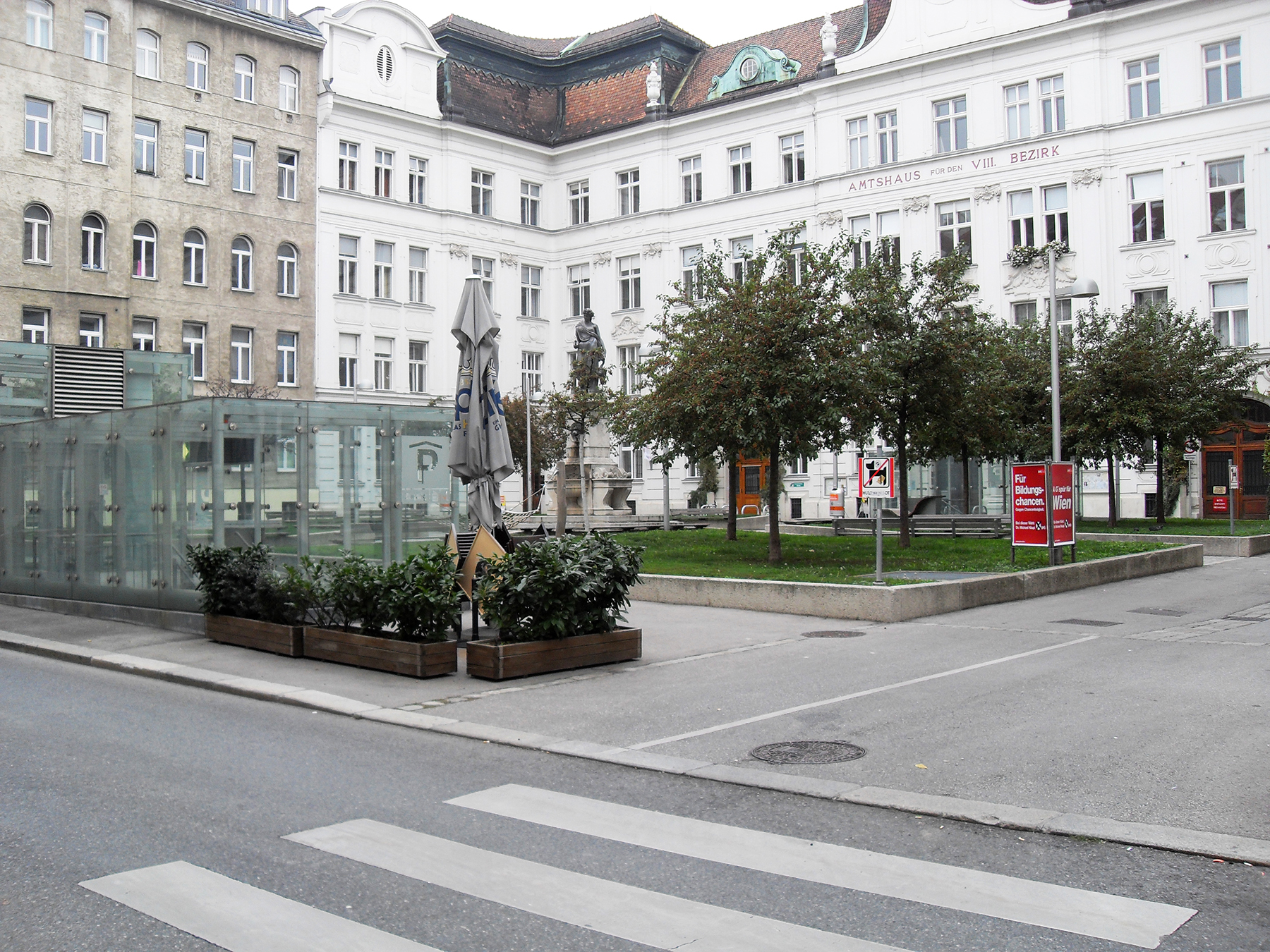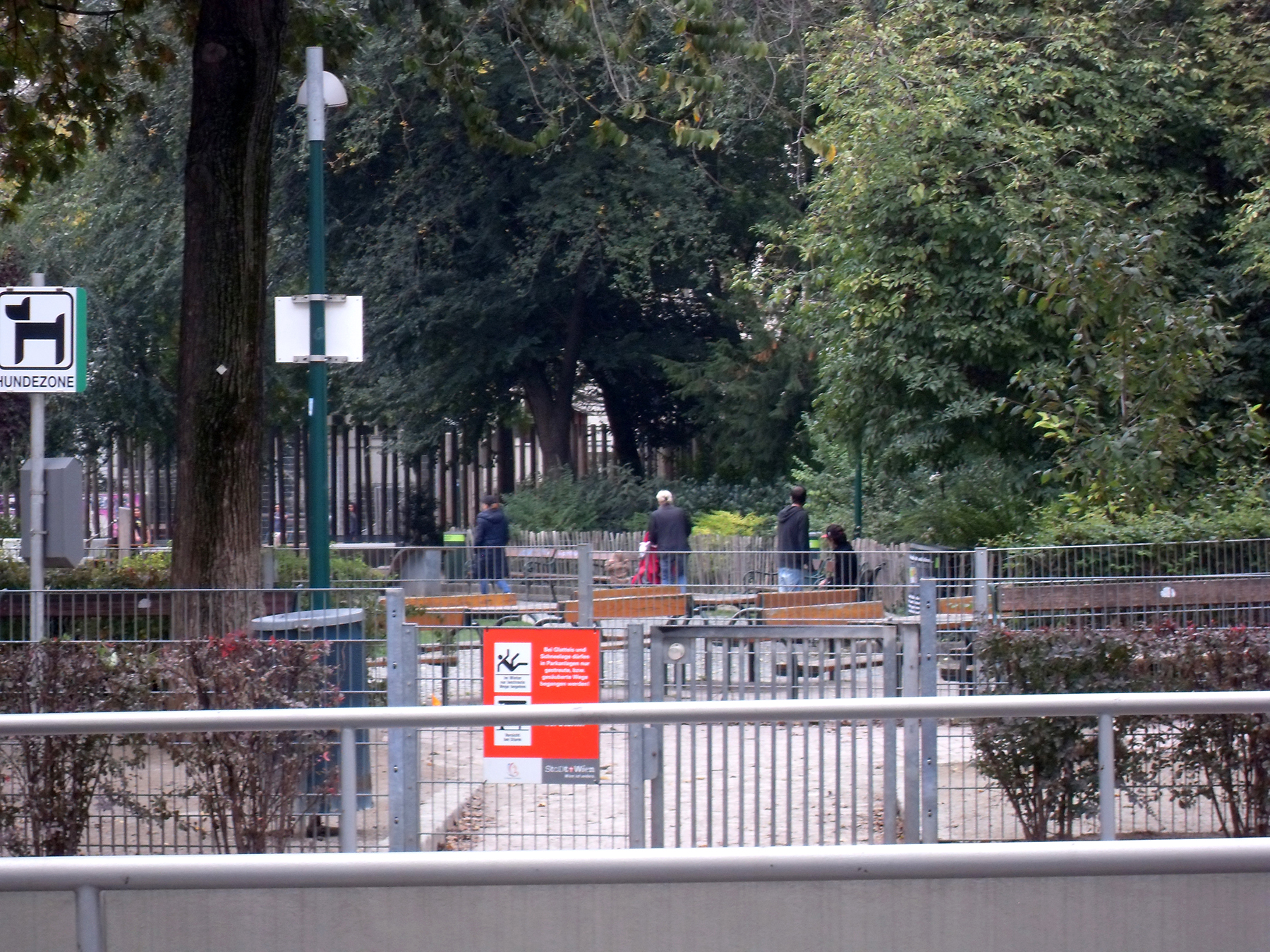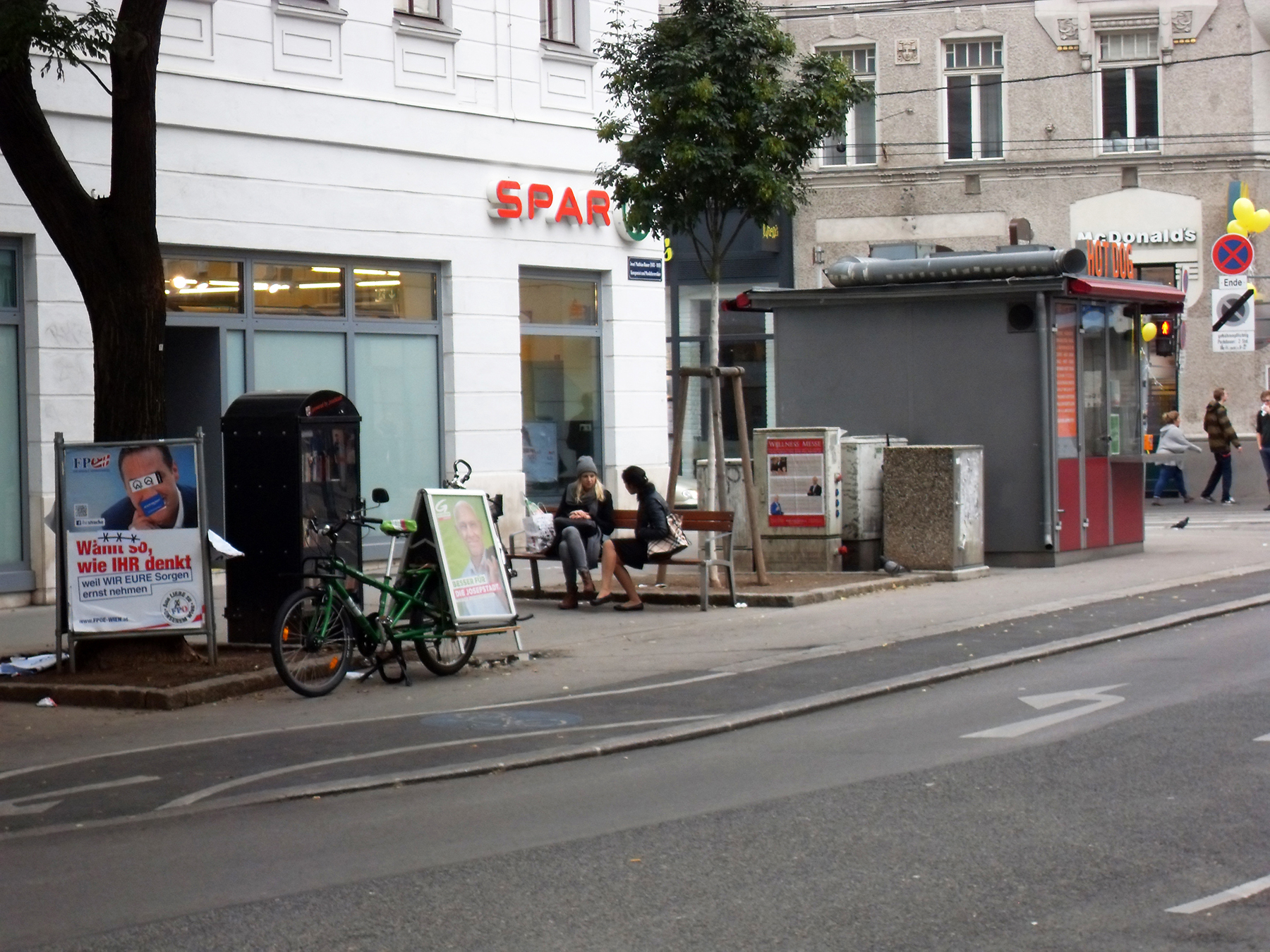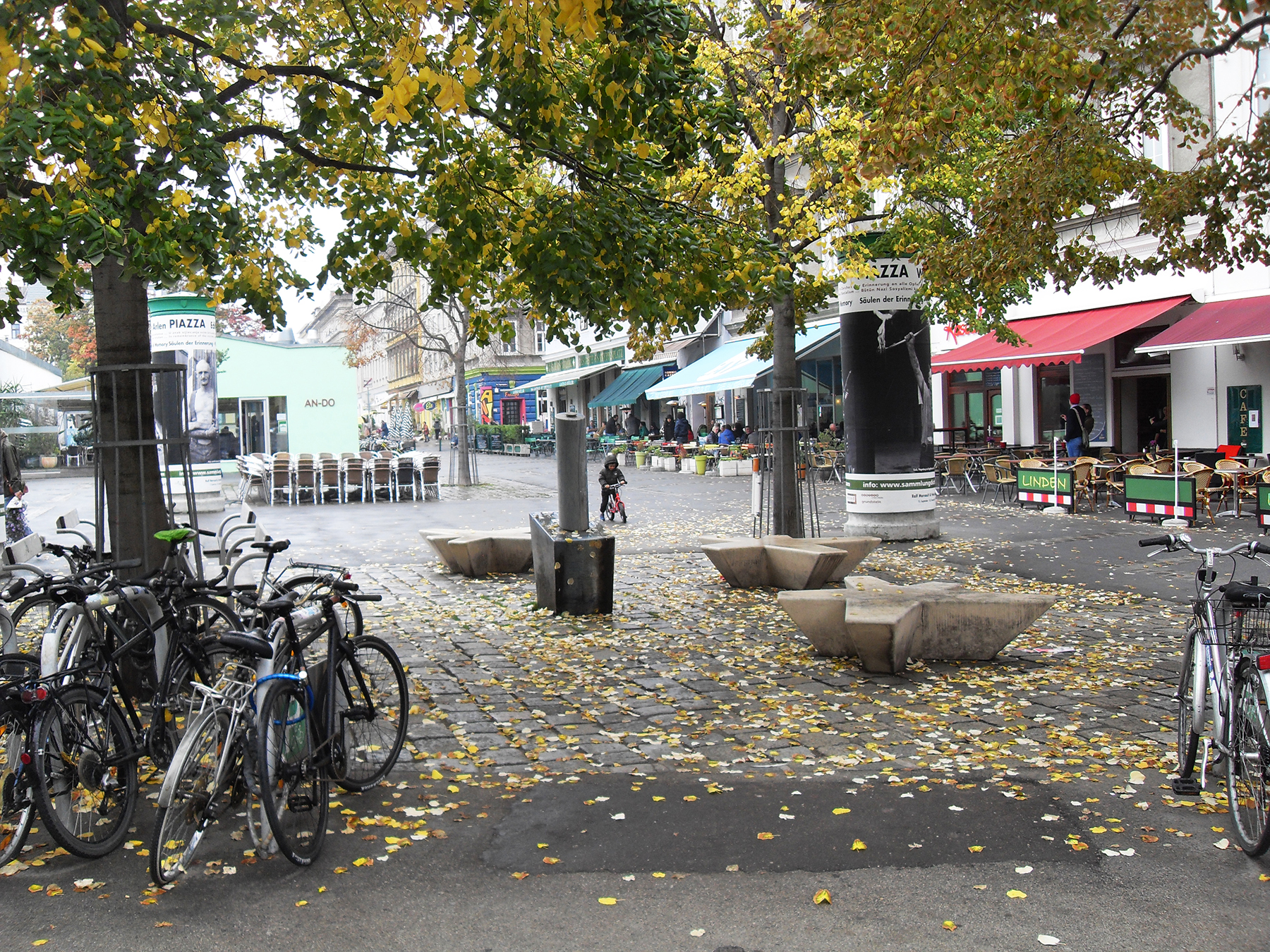Public City
My focus on the urban reconnaissance walk through Vienna was on public space. So the question for me was: To what end does collaborative social action create public spaces? As well as: How do public spaces facilitate collaborative action?
But if you talk about collaboration in the city, you have to deal with the question what the goal of such collaboration in the public domain could be. Can there really be one common goal, given the diversity of its users? If this goal were to make the public space beautiful, usable, lively, welcoming, social then the question remains: Beautiful, lively and social by whose standards; usable and welcoming for whom?
Our walk started in Vienna's first district, the historical center, stomping ground of boutique owners and tourists. Public spaces here exist for historic reasons, as most of them used to be either market squares or spaces of power in front of representative buildings. They are therefore shaped by the facades of the adjacent buildings and by statues and fountains in their center. Their arrangement is fixed and protected by historic preservation laws, so these spaces are rather finished and cannot be changed structurally.
Where collaboration could happen is in the social programming of the space, when through the combination and balancing of the practices of usage symbiotic effects emerge. These opportunities are mostly thwarted by the commercialization of the prime public spaces for touristic reasons. Consumable services for tourists that occupy the best locations take away the necessity to engage in local urban collaborative behavior.
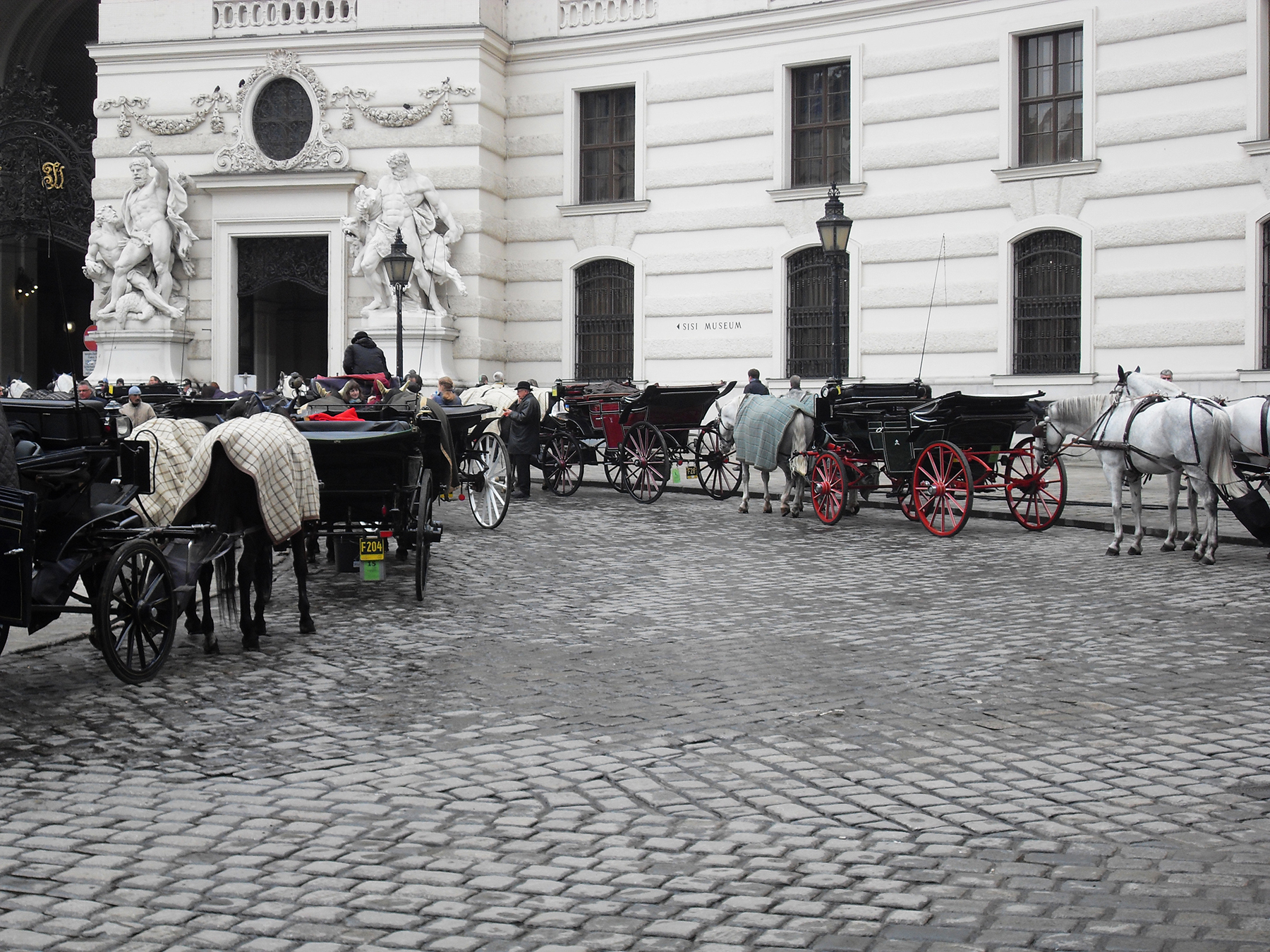
Leaving the inner city towards the west, we continued on through the eighth and sixteenth district. Public spaces here are mostly one of two kinds: The bigger spaces have been refurbished throughout the last two decades and have been zoned into functionally separate areas (for dogs, kids, playing sports, sitting, greenery) that leaves little space for interpretation. That means many of the big spaces are usable in the way they were meant to be used, but unsuitable for creative appropriation or collaborative organization.
The second kind are much smaller spaces that are to small for zoning and that are kept more universally. Therefore they are much more open for change and are the public spaces where temporary appropriation and collaborative action could thrive.
Obviously no kind of collaborative action can fulfill the needs of all potential users. But temporally limited usage and ambiguous spaces are key to include as many users as possible.
Text and images by Lukas Hartwig
